If you’re an archery enthusiast, you know that finding the right bow is crucial to your success. But what about the wood used to make the bow? The type of wood used can affect the bow’s performance, durability, and overall feel. So, what is the best wood for making bows?
According to The Wood Database, the best bow woods tend to be those that have a low MOE (modulus of elasticity) and a high MOR (modulus of rupture). This means that the wood will bend easily without breaking. The top five woods for making bows are osage orange, black locust, ash, yew, and hickory. However, many experts consider yew to be the best choice, with hickory coming in a close second.
When choosing the best wood for making a bow, there are a few factors to consider. These include the bow’s intended purpose, your skill level, and the availability of the wood. While yew may be the best choice for some, it may not be the most practical option for others. Ultimately, the best wood for making a bow is one that fits your specific needs and preferences.
Understanding Bow Woods
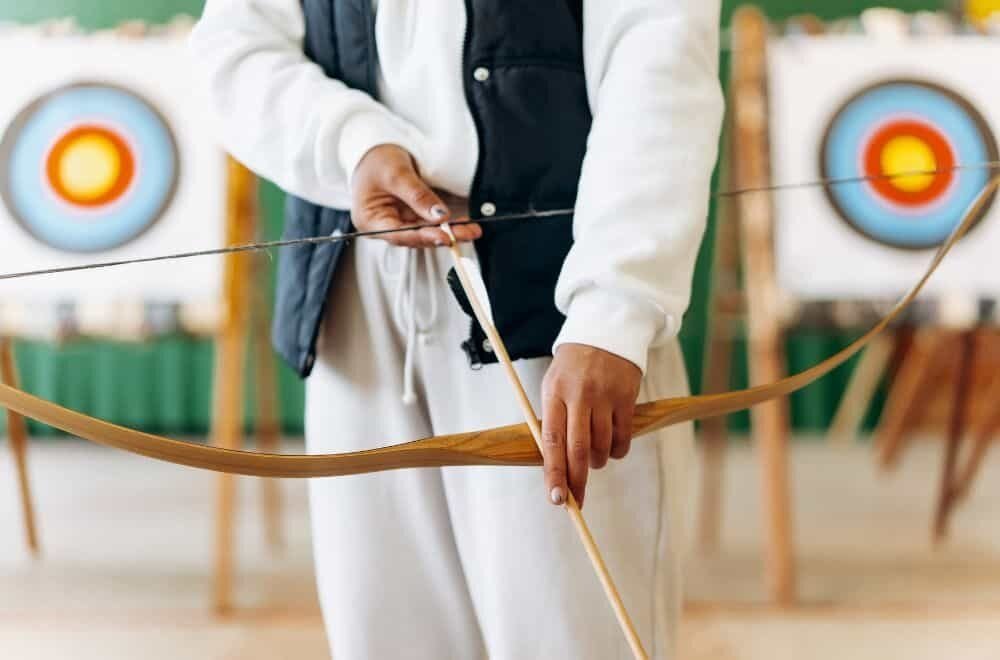
When it comes to making bows, the type of wood you choose is crucial to the success of your project. Not all woods are created equal, and some are better suited for bow-making than others. Here are some key things to keep in mind when selecting the best wood for your bow:
Density
The density of the wood you choose will have a significant impact on the performance of your bow. A denser wood will generally produce a faster, more powerful shot, while a less dense wood will be slower and less powerful. However, denser woods are also heavier, which can make the bow harder to handle and less comfortable to shoot.
Flexibility
Another critical factor to consider is the flexibility of the wood. A good bow wood should be able to bend and flex without breaking, which requires a delicate balance between strength and flexibility. Some woods are naturally more flexible than others, while others may need to be treated or backed with another material to achieve the desired level of flexibility.
Availability
Finally, you’ll want to consider the availability of the wood you choose. Some types of wood may be more readily available in your area than others, while others may be more expensive or harder to find. Keep in mind that using a rare or exotic wood may not necessarily make your bow better, and it may be more practical to work with a more readily available material.
Overall, the best wood for making bows will depend on your specific needs and preferences. Consider the density, flexibility, and availability of different types of wood to find the one that best suits your needs.
Yew: The Traditional Choice
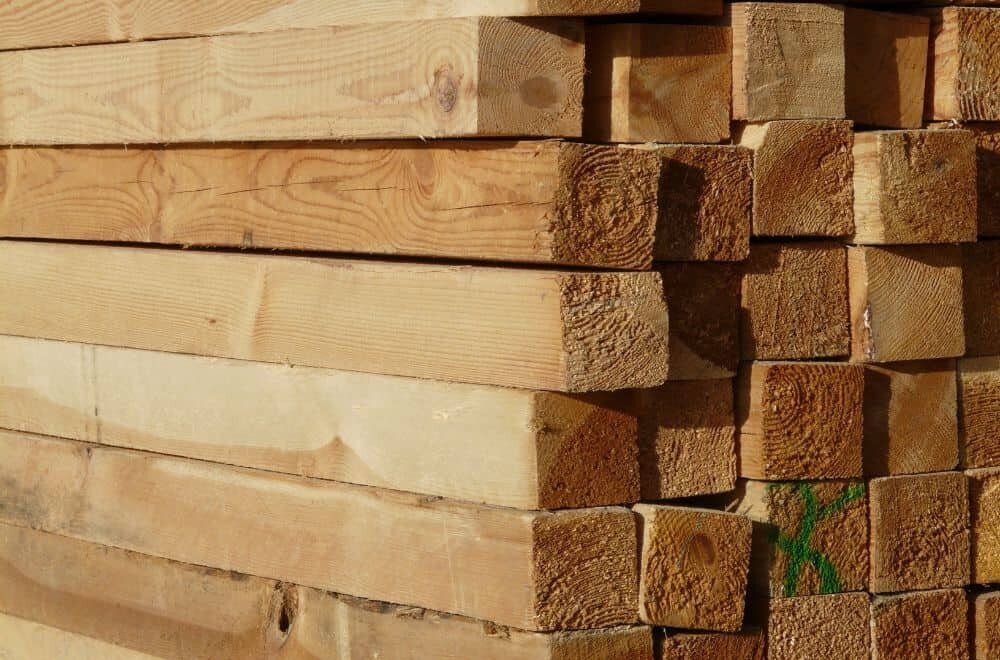
If you’re looking for the traditional choice of wood for making bows, then yew is the way to go. Yew has been used for centuries to make some of the best bows in history. In this section, we’ll discuss the characteristics and benefits of yew for making bows.
Characteristics of Yew
Yew is a softwood that is native to Europe and can be found in other parts of the world. It has a straight grain and is relatively easy to work with, making it a popular choice for bow making. Yew wood is also known for its flexibility, which is essential for making bows that can bend without breaking.
One of the unique characteristics of yew is its sapwood and heartwood. The sapwood is the outer layer of the tree, and the heartwood is the inner layer. The sapwood of yew is white, while the heartwood is reddish-brown. The heartwood is much denser than the sapwood, which gives yew its strength and durability.
Benefits of Yew for Bows
Yew wood has several benefits when it comes to making bows. Here are some of the advantages of using yew for bow making:
- Strength: Yew wood is strong and durable, which makes it an ideal choice for making bows that can withstand a lot of stress and pressure.
- Flexibility: Yew wood is flexible, which means it can bend without breaking. This is essential for making bows that can shoot arrows accurately and with speed.
- Resilience: Yew wood is resilient, which means it can withstand changes in temperature and humidity. This makes it an ideal choice for making bows that can be used in different weather conditions.
- Appearance: Yew wood has a beautiful appearance, with its reddish-brown heartwood and white sapwood. This makes it a popular choice for making bows that are not only functional but also aesthetically pleasing.
In conclusion, yew is the traditional choice for making bows. Its strength, flexibility, resilience, and appearance make it an excellent choice for bow making. If you’re looking to make a bow that is both functional and beautiful, then yew is the way to go.
Hickory: The American Classic
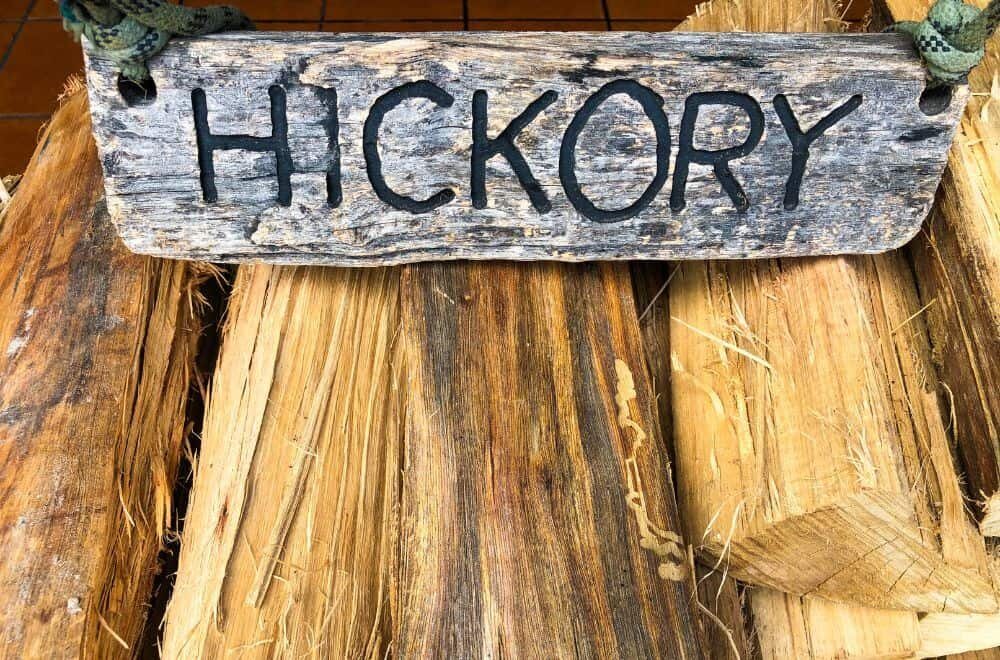
If you’re looking for a classic American wood for your bow, hickory is a great option. With its straight grain and high density, hickory is a popular choice for bow makers. Here are some characteristics and benefits of using hickory for your bow.
Characteristics of Hickory
Hickory is a hardwood that is native to North America. It is a dense wood with a straight grain, which makes it ideal for making bows. Hickory has a high modulus of elasticity (MOE), which means that it is stiff and doesn’t bend easily. This stiffness allows for a fast and powerful shot.
Hickory is also known for its shock resistance. When a bow is fired, it creates a lot of energy that is transferred to the wood. If the wood is not able to absorb this energy, it can cause the bow to break. Hickory, however, is able to absorb this energy and prevent the bow from breaking.
Benefits of Hickory for Bows
One of the biggest benefits of using hickory for your bow is its durability. Hickory is a strong wood that can withstand a lot of wear and tear. This means that your bow will last longer and require less maintenance than other woods.
Another benefit of hickory is its availability. Hickory is a common wood that can be found in many parts of North America. This means that it is easy to find and relatively inexpensive compared to other woods.
Hickory is also easy to work with. It can be shaped and sanded to create a smooth finish. This makes it a great option for beginner bow makers who are just starting out.
Overall, hickory is a great choice for anyone looking to make a classic American bow. Its straight grain, high density, and shock resistance make it a durable and reliable wood for bow making.
Osage Orange: The Durable Option
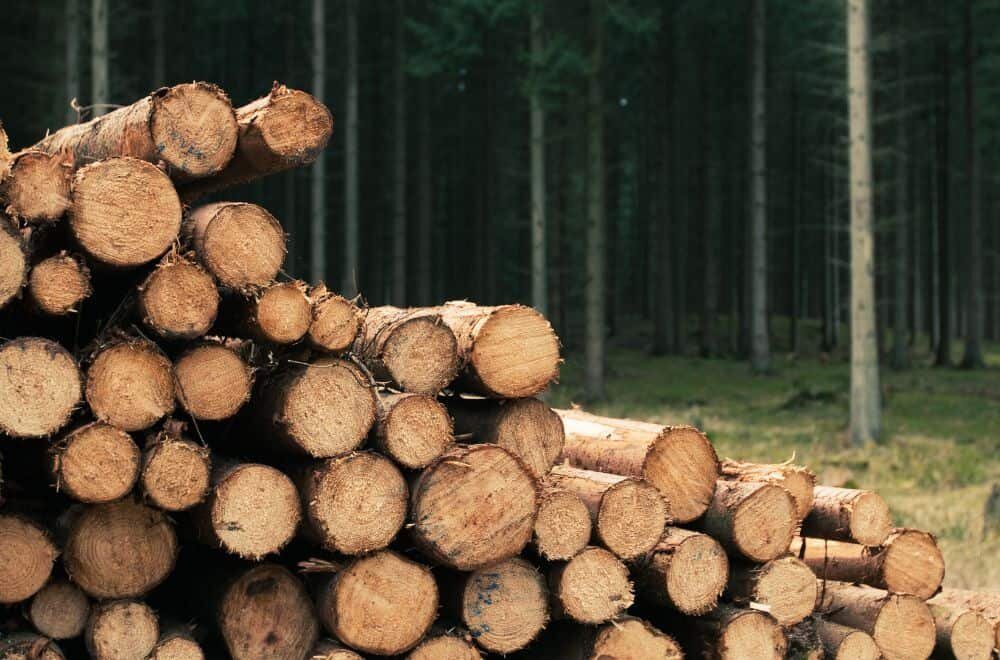
If you are looking for a wood that can withstand the test of time, Osage Orange is the one for you. This wood is known for its durability and strength, making it a popular choice for bow making. In this section, we will explore the characteristics and benefits of Osage Orange for bows.
Characteristics of Osage Orange
Osage Orange, also known as hedge apple, horse apple, or bodark, is a small deciduous tree native to North America. It grows to an average height of 10-15 meters and has a dense, tight-grained wood that is bright yellow-orange in color. The wood is known for its high density and hardness, which makes it difficult to work with but ideal for bow making.
Benefits of Osage Orange for Bows
There are several benefits to using Osage Orange for bow making. Firstly, it is a very strong and durable wood that can withstand the stress of shooting arrows. This means that bows made from Osage Orange can last for many years without losing their shape or strength.
Secondly, Osage Orange has excellent elastic properties, which means that it can store and release energy efficiently. This makes it an ideal wood for making bows that are powerful and accurate.
Finally, Osage Orange has a unique and attractive appearance, with its bright yellow-orange color and tight grain pattern. This makes it a popular choice for bow makers who want to create a bow that not only performs well but also looks great.
In conclusion, if you are looking for a wood that is strong, durable, and efficient, Osage Orange is the ideal choice for making bows. Its unique characteristics and benefits make it a popular choice among bow makers and archers alike.
Bamboo: The Sustainable Alternative
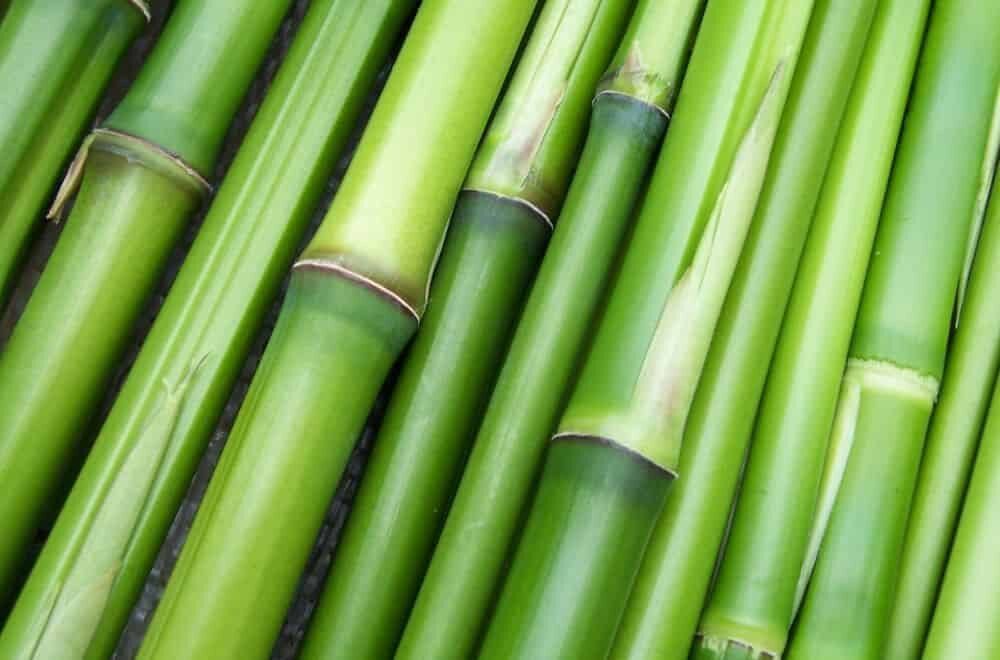
If you’re looking for a sustainable alternative to traditional hardwoods for making bows, bamboo is a great option to consider. Bamboo is a fast-growing plant that can be harvested and replenished quickly, making it a much more sustainable option than traditional hardwoods, which can take decades to grow.
Characteristics of Bamboo
Bamboo is a type of grass that grows in a variety of climates and conditions. It is known for its strength and flexibility, which make it an ideal material for making bows. Bamboo is also lightweight, which can be an advantage for archers who prefer a lighter bow.
One of the unique characteristics of bamboo is its growth pattern. Bamboo grows in segments, which are called nodes. The nodes are solid and provide strength to the bamboo. The spaces between the nodes are hollow, which makes the bamboo lightweight and flexible.
Benefits of Bamboo for Bows
There are several benefits to using bamboo for making bows. Here are a few:
- Sustainability: Bamboo is a sustainable material that can be harvested and replenished quickly.
- Strength: Bamboo is known for its strength and flexibility, which make it an ideal material for making bows.
- Lightweight: Bamboo is lightweight, which can be an advantage for archers who prefer a lighter bow.
- Aesthetics: Bamboo has a unique and attractive appearance that can add to the visual appeal of a bow.
When using bamboo for making bows, it’s important to select the right type of bamboo. Moso bamboo is a popular choice for bow making because it has a straight grain and is relatively easy to work with. Other types of bamboo, such as Tonkin bamboo, can also be used for making bows.
Overall, bamboo is a sustainable and practical alternative to traditional hardwoods for making bows. Its strength, flexibility, and lightweight nature make it an excellent choice for archers who are looking for a more natural and eco-friendly option.
Factors to Consider When Choosing Wood
When selecting the best wood for making bows, there are several factors to consider. These factors include:
Strength and Flexibility
Strength and flexibility are the most important factors to consider when choosing the best wood for making bows. The wood should be strong enough to withstand the tension and compression forces that come with bending the bow. At the same time, it should be flexible enough to bend without breaking.
Density and Weight
The density and weight of the wood are also important factors to consider. A denser wood will be stronger and more durable, but it will also be heavier. A lighter wood will be easier to handle, but it may not be as strong or durable.
Grain Orientation
The grain orientation of the wood is another important factor to consider. The wood should have a straight, even grain that runs the length of the bow. This will help to ensure that the bow is strong and durable.
Moisture Content
The moisture content of the wood is also important. The wood should be dry, with a moisture content of less than 10%. This will help to ensure that the bow is stable and will not warp over time.
Availability and Cost
Finally, you should consider the availability and cost of the wood. Some woods may be more expensive or harder to find than others. You should choose a wood that is readily available and within your budget.
By considering these factors, you can choose the best wood for making a bow that is strong, durable, and easy to work with.
Maintaining Your Wooden Bow
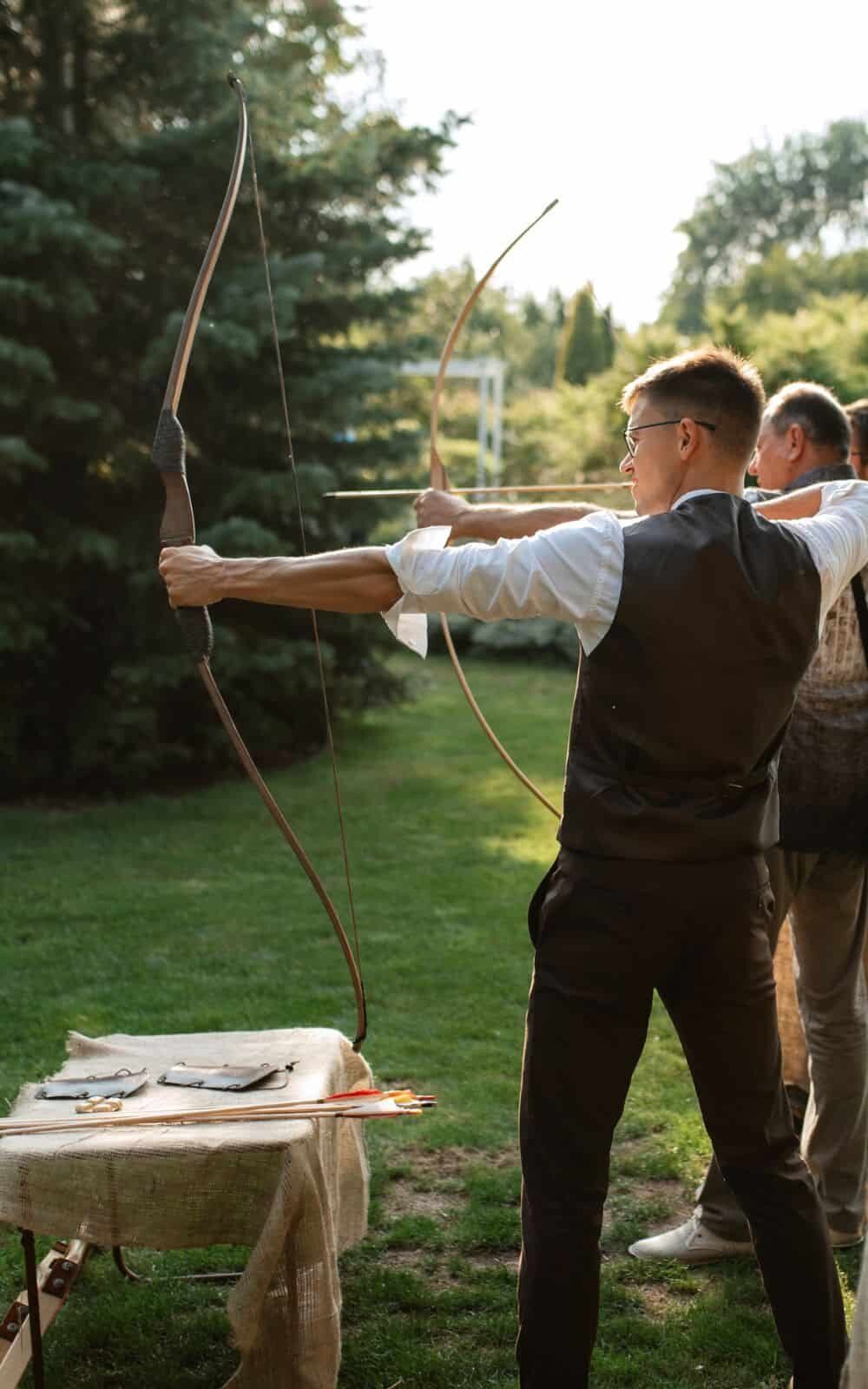
Once you have found the perfect wood for your bow, it is important to maintain it properly to ensure its longevity. Here are some tips on how to maintain your wooden bow:
Keep it Dry
Moisture can cause your wooden bow to warp or crack. It is important to keep your bow dry at all times. Store it in a dry place and avoid exposing it to extreme temperatures or humidity.
Oil the Bow
Oiling the bow can help protect it from moisture and keep it in good condition. Use a soft cloth to apply a thin layer of oil to the bow. Be sure to use a non-toxic oil that is safe for use on wood.
Check for Damage
Regularly inspect your bow for any signs of damage. Look for cracks, warping, or any other signs of wear and tear. If you notice any damage, it is important to address it immediately to prevent further damage.
Use a Bowstringer
Using a bowstringer is the safest way to string and unstring your bow. It helps prevent damage to the bow and ensures that the string is properly seated on the bow.
Store Properly
When not in use, store your bow properly to prevent damage. Use a bow case or bag to protect it from dust, moisture, and other elements. Avoid storing it in direct sunlight or near a heat source.
By following these tips, you can help ensure that your wooden bow stays in good condition for years to come.
Frequently Asked Questions
What are some types of wood commonly used for making bows?
There are several types of wood that are commonly used for making bows, including Osage orange, black locust, ash, yew, hickory, oak, and maple. Each of these woods has its own unique characteristics and advantages.
Can hickory be a good choice for making bows?
Yes, hickory can be a good choice for making bows. It is a strong and durable wood that is also relatively lightweight. Hickory bows can be fast and accurate, making them a popular choice for many archers.
What are the advantages of laminated bows and which woods are best for them?
Laminated bows are made by gluing together multiple layers of wood to create a stronger and more stable bow. The best woods for laminated bows are those that have a high strength-to-weight ratio, such as bamboo, maple, and fiberglass. The advantages of laminated bows include increased durability, improved accuracy, and greater consistency.
What are some popular woods used for making crossbows?
Some popular woods used for making crossbows include ash, maple, and yew. These woods are strong and durable, making them ideal for withstanding the high forces involved in crossbow shooting.
Is cherry wood a viable option for bow making?
Cherry wood can be a viable option for bow making, but it is not as commonly used as some other types of wood. Cherry has a relatively low strength-to-weight ratio compared to other woods, which can make it less suitable for making high-performance bows.
What are some characteristics of the fastest woods for making bows?
The fastest woods for making bows are those that have a high modulus of elasticity (MOE) and a low density. Some examples of woods with these characteristics include bamboo, carbon fiber, and fiberglass. These woods can produce bows that are extremely fast and accurate, but they may also be more expensive and difficult to work with than traditional woods.